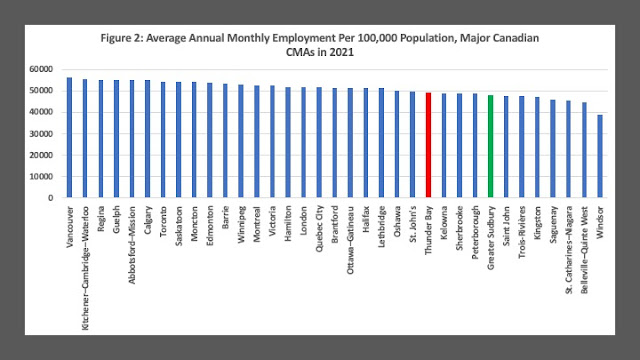With the candidacy window closed as of August 19th, the race for the October 24th municipal election is now on and there is no shortage of candidates in Thunder Bay. Every Ward has a race and the At-Large race has the usual bounty of candidates. There are five candidates for Mayor, 24 for the At-Large race, three in Current River, two in McIntyre, four in McKellar, six in Neebing, five in Northwood, six in Red River and four in Westfort – a total of 59 candidates. That pretty much matches the last time despite the lamentations of woe early on that there were no candidates.
The more interesting question in light of such a magnificent display of civic interest and spirit is who is going to win in each of the races. TBNewswatch provides a valuable public service with its polls on various issues and it has over the period August 20 to 27 run polls for each of the races. Of course, this is not an unbiased random sampling procedure and one suspects the technologically savvy can affect the results but if these polls are accurate, this is what your next council may look like (percentage of votes cast in brackets)
Mayor Ken Boschoff (51.90 %)
At-Large Councillors Mark Bentz (15.96%)
Shane Judge (13.22%)
Stephen Margarit (11.64%)
Shelby Ch’ng (11.06%)
Kasey Etreni (8.86%)
Red River Martin Rukavina (28.83%)
McIntyre Albert Aiello (50.16%)
Westfort Kristen Oliver (49.27%)
Northwood Dominic Pasqualino (50.16%)
McKellar Brian Hamilton (43.42%)
Current River Andrew Foulds (60.61%)
Neebing Shaun Kennedy (39.22%)
Some of these wards appear to have closer races based on the TBNewswatch poll – namely Red River where Jason Veltri (24.45%) is a close second, McIntyre where Brent Boyko is a very close (49.84%) second and McKellar where Lori Paras is close (39.95%). This is not a scientific poll and even if it was, the only poll that counts is of course the one on election day. Still, if these trends are on the mark, there may be substantial turnover on city council. Change and new viewpoints can be very positive and many of these front runners are relatively known quantities while others are relative unknowns depending on what social circles you move in.
It is worth googling these candidates and checking out their self-provided bios which provide an eclectic mix of entertaining and informative reading. Some are quite informative and impressive, listing a series of career and community accomplishments. Some mention family relationships or their deep community connections to Thunder Bay. Some mention what they want to accomplish with an explicitness that may lose them as many votes as they may win, and some are vague to the point of not really saying anything at all by providing an endless string of platitudes. The other thing worth noting is if one were to plot the candidates who seem to be leading the “poll” on a left/right or progressivist/passivist continuum, Thunder Bay is probably about to elect a council that is even less concerned about taxpayers and tax rates than the previous one. On the other hand, they may surprise us all with their fiscal astuteness. Still, on voting day, choices must be made and if they turn out to be good ones, so much the better.
The next council inherits a lot of issues: crime and policing, social issues and homelessness and addiction, crumbling infrastructure, expensive lawsuits mainly linked to water and of course the still flat economy which has been masked by the generous amounts of government money that has flowed into Thunder Bay on both a private and public level. New councillors will come in with pet projects and agendas but will quickly find that they must deal with resource constraints, a bureaucracy which generally has more information than they do and their own vested interests, and issues that will pop in from out of the blue. New councillors will need to be quick learners, multi-talented, adaptable, patient and open to criticism both warranted and unwarranted and take it all in with a smile. However, they will probably be spared from feeling like having to do windows on a skyscraper while perched on a precarious and narrow wooden seat.










